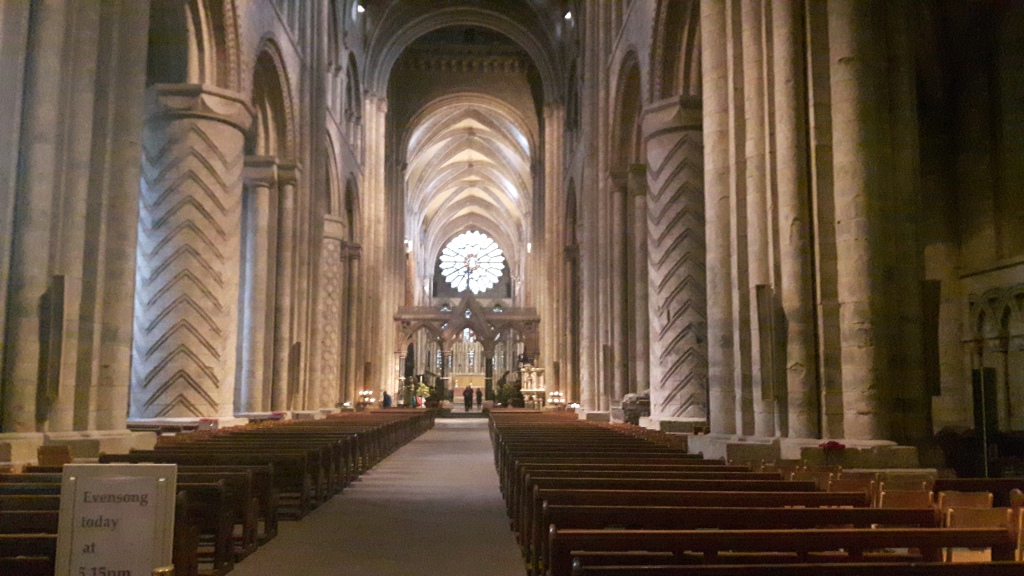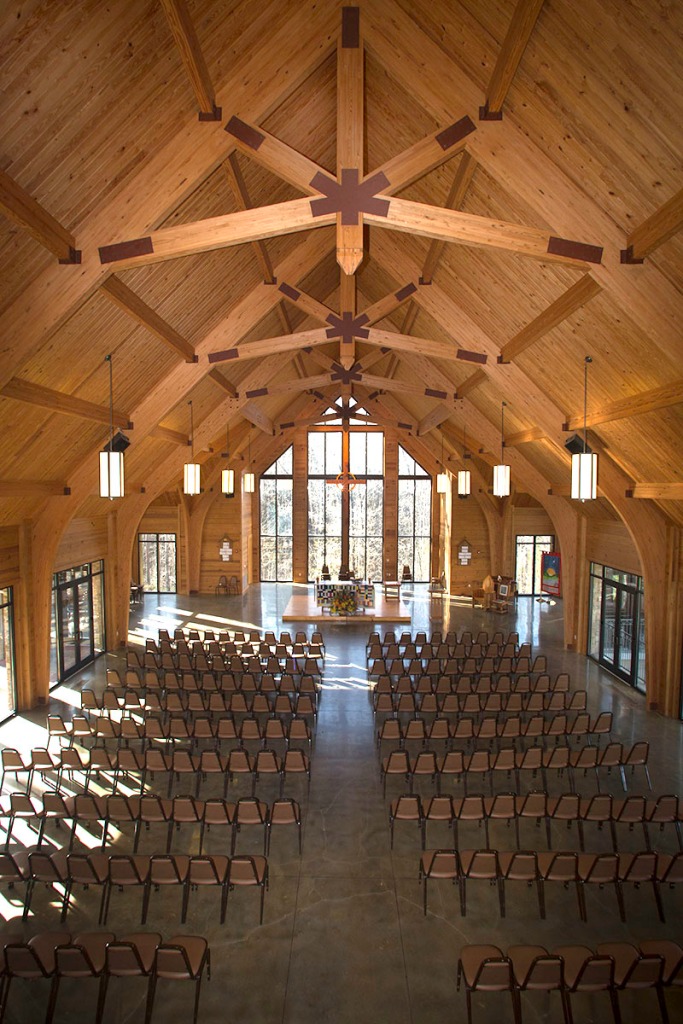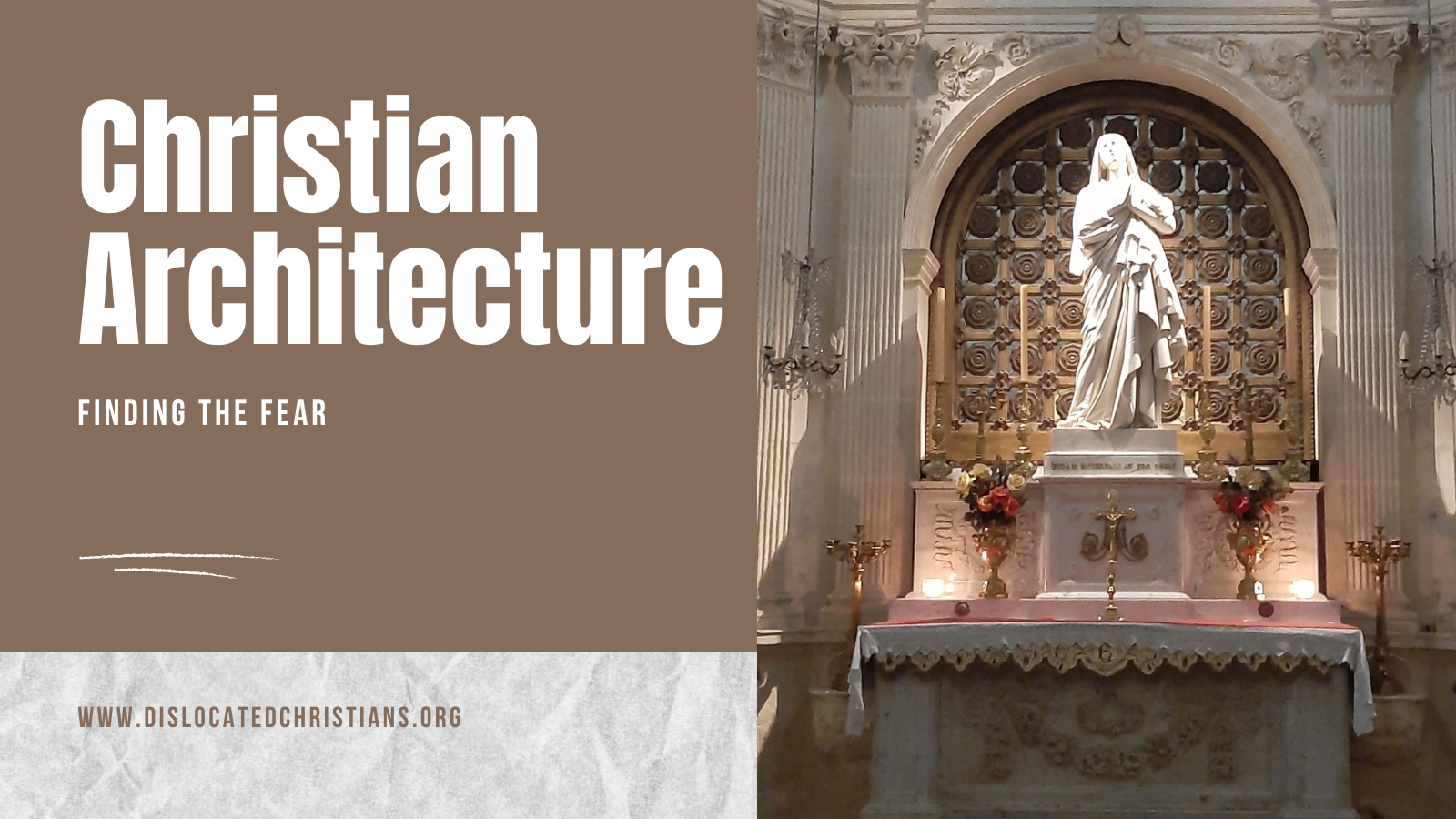This article is part of a series looking at Finding the Fear of God and how we have perhaps become too familiar with Him. Please click here to read the introductory article and to find links to other articles in the series.
Not all of us have a highly decorated catholic church just around the corner to visit, but while living in Belgium, I am fortunate to have such a building nearby. I spent an icy couple of hours sitting in it during January, sacrificing my comfort for the sake of this website and my readers, trying to reap the benefits of an ornate church to increase my fear and reverence of God and, to some extent, it worked.
In my nearby church, the Collegiale Saint-Vincent in Soignies, the building feels sterile now, but there are hints of former vitality. The stone slabs at the entrance are furrowed and worn away, thanks to the endless feet that have walked across them. Even while I was sitting in it on a cold mid-week morning, a steady stream of visitors came inside to look at the artwork and light candles, perhaps hoping that a loved one would be healed. Their dreams that God might intervene in this world are what I suspect keep them returning. I’m grateful the church was present and open to them.
As I sat alone in the echoing nave, I realised that I have worshipped in a huge variety of spaces. These have ranged from the magnificent Durham cathedral, where immense columns give a sense of permanence, to dank cow sheds at the Bath & West Showground during numerous Bible camps. I’ve also had opportunities to worship in glorious modern timber-made spaces where light fills the room and cramped upper rooms where Nepal’s first and second-generation Christians gather boldly to sing and weep together.
No matter where we worship, the church building always represents the community that chose or chooses to worship there. Durham Cathedral’s prominence and medieval majesty point to an entire region that committed itself to God for generations while it was constructed using the best materials that its people could source. Even the cow sheds at New Wine tell of a desire to make gathering together in family worship accessible to all, come rain (mostly!) or shine. Some churches opt to build worship spaces far larger than their current congregations require and hope that, in time, these spaces will be filled. Their faith in God, who continues to welcome people to Himself, is reflected in their design choices. No matter the style of the church building, its architecture reveals the desires of a group who came together in faith and illuminates how they viewed God.
I don’t know about you, but I see news reports most days that highlight profound loneliness and widespread depression among people of all ages. Social media and constant access to a steady stream of bad news appear to be fuelling this decline in well-being. It seems to me that church buildings are a welcome alternative in this meaning-starved society. As I enter each worship space and reflect on the people who built it, the building becomes a touchpoint to a longer and more profound story. Yes, I feel in awe of God who inspired their construction, but I also feel connected to the groups that once sought God for design inspiration and worship there now.
Upon entering a place of worship, I encourage you to consider the community the building represents. What were their hopes when it was built, and what does that say about God? Whether you visit a church in full swing during a service or when it is emptier, there are always reminders that God was and is worshipped. If you are looking for deeper meaning, then while there, you may locate a foundation that connects you to the most extraordinary story ever told. It’s an awe-inspiring tale.



Please click here to return to the Finding the Fear series of articles.
This is my 200th article! If you’ve enjoyed any of what you’ve read, please like, comment on, or share my articles. I’d be immensely grateful if you could follow me; just enter your email address here. I promise not to bombard you with messages, and you can unsubscribe at any time.
I realise not everyone who visits my site is a Christian. If you’d like to find out more about faith and are wondering what all the fuss is about, then you might want to take a look here. You’ll need to register, but there’s no spam, and the resources are completely free.
Can you support my writing? I’m undertaking some challenging (and costly) new projects, so please consider buying one of my books, and if you’d like to encourage me, please think about buying me a coffee on Kofi.
DislocatedChristians exists to create and support a community of like-minded people. I’ve described myself as Dislocated because I sometimes struggle to understand how God wants me to be in the world, but not of the world. I also move house a lot!
Just as we are each a work in progress, so too is DislocatedChristians. Sometimes I’ll get things wrong, and I hope you’ll forgive me and continue to stick around when that happens.

Discover more from Dislocated Christians
Subscribe to get the latest posts sent to your email.

1 Comments